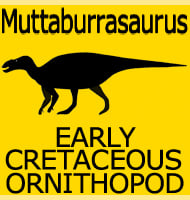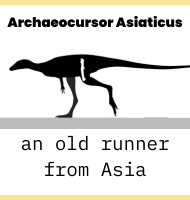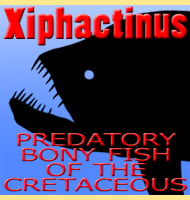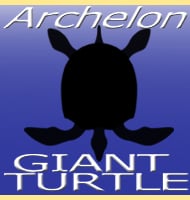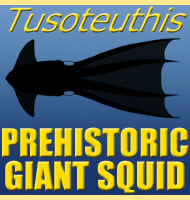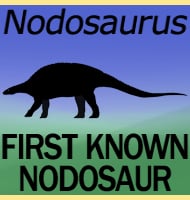In Depth
The fairly high number of Leptochamops specimens so far found suggests that this would have been a fairly common little lizard in the late Cretaceous ecosystems of North America. Like with many modern lizard today, Leptochamops was probably a fairly small predator of invertebrates while it tried to keep out of the predatory scope of dromaeosaurid dinosaurs such as Saurornitholestes.
In 2012 two lower jaw fragments that were previously assigned to the type species L. denticulatus were found to be different. These were used to create a new genus, Obamadon, so named after the 44th president of the United States of America, Barack Obama, however the name was not formalised as valid until 2013.
Further Reading
- Fossil vertebrates from the Late Cretaceous Lance Formation, eastern Wyoming, R. Estes - 1964.


